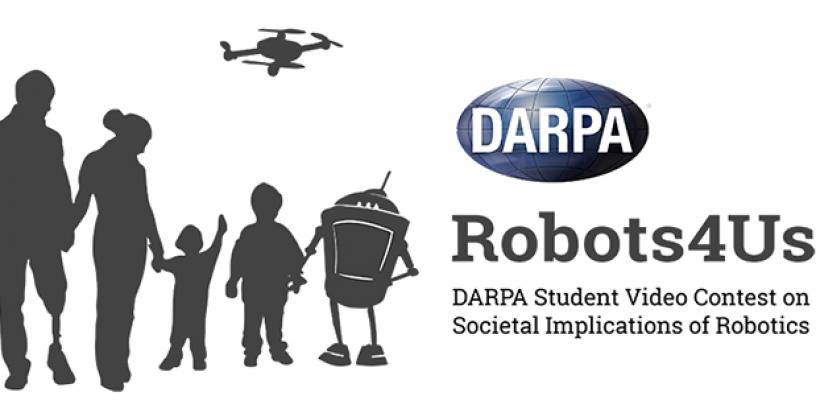
Jun 8, 2015
With an eye on how future robotic technologies may affect our lives, DARPA capped an exhilarating two days of the DARPA Robotics Challenge (DRC) Finals with a high-energy workshop in Pomona, Calif., that brought together an international roster of technology leaders in government, academia and industry, along with the three winning teams from the DRC and a group of extraordinary high-school students representing the coming generation of innovators.
In front of the workshop’s more than 500 attendees, DARPA Director Arati Prabhakar kicked off the gathering with an admonition that none of the individuals, teams or nations in the Finals was in competition with one another when it comes to advancing robotics. Rather, Prabhakar said, “We are all together in competition with the problems of the world. That is what robotics is all about.”
Reflecting this sentiment of global cooperation were five distinguished speakers in technology leadership positions in Japan, Republic of Korea, Singapore, United Arab Emirates and the European Union. The collective message was that many governments around the world expect that robotic technology will become crucial for national needs ranging from manufacturing and security to agriculture and care of the elderly. Those governments are developing national plans and policies and some are rolling out their own ambitious challenges to help accelerate progress in robotics, just as the DRC has done.
The workshop featured “how we did it” talks by the three winning teams at the DRC Finals: Team KAIST from the Korea Advanced Institute of Science and Technology, Team IHMC Robotics from Pensacola, Fla., and Tartan Rescue, based at Carnegie Mellon University in Pittsburgh. “This is all about human-robot collaboration and finding the optimal division of labor,” said Tony Stentz, leader of Tartan Rescue. Team IHMC’s leader Jerry Pratt reminded the gathering that “if you don’t plan to fail, you’ve failed to plan,” a variation of an adage by one of the greatest innovators of all time, Benjamin Franklin. That’s why Team KAIST included extensive field tests on a beat up parking lot under varying weather conditions to prove out the capability of its DRC-Hubo robot, the top finisher in the Finals, said team leader Jun Ho Oh.
A particularly uplifting session of the workshop honored five high-school students who won a DRC-associated video contest, called Robots4Us, which DARPA organized as a way to hear from those who will be among the first generation to have robots full-time in their lives. The short videos, and the room-wide discussion that followed, revealed a rising generation of boys and girls with optimistic expectations that a maturing robotics technology will improve the human condition in many ways, from helping farmers feed an ever-growing population to enabling older workers to stay on the job longer. At the same time, these roboticists-in-the-making expressed concern that hackers, faulty robots, and even robots with their own new kind of intelligence could pose threats to society that would have to be managed.
Closing the workshop was a trio of speakers who projected what it will take to usher in the coming era of human-robot cohabitation. Rodney Brooks, a robotics pioneer with the company Rethink Robotics, stressed that tomorrow’s robots, unlike the complex and expensive DRC machines, will have to be affordable, utterly safe in the vicinity of people, and easy to train and use by the general public. Co-panelist Rob Ambrose from NASA’s Johnson Space Center regaled the gathering with visions of spacefaring robots that would prepare accommodations on Mars in advance of the first colonists. He noted that NASA is formulating a Space Robotics Challenge to encourage engineers to take steps toward that vision. Robert Griffin from the Department of Homeland Security shared an expansive view of robots not only in emergency response and border control but also inside the body where they might help stabilize and save grievously injured automobile crash victims.
Gill Pratt, the DARPA program manager who has been overseeing the DRC, wrapped up the workshop by sharing his own surprise and delight at the intense emotional and vocal connection attendees forged with the robotkind they were watching at the event on Friday and Saturday. We are just at the beginning, Pratt said, but “the future is looking bright.”
